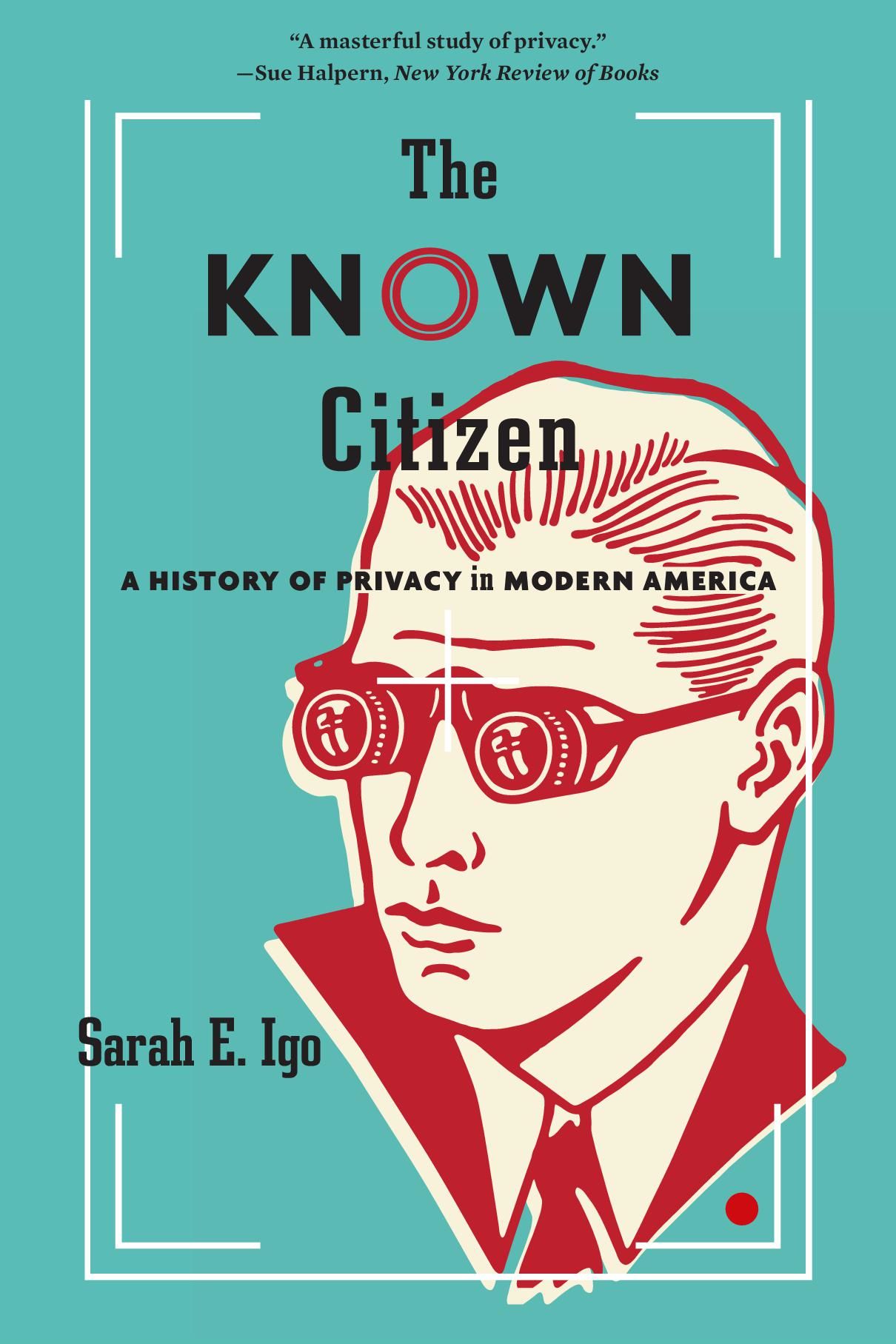When the Social Security program launched in the mid-1930s, it was the concept of the SSN—the Social Security number, that unique identifier tagged to each American citizen—that captured the public imagination as much as the new entitlement itself. For opponents of Social Security, the number was evidence of state overreach. Republicans compared it to the Nazi registration laws of 1933 and warned that citizens would be forced to wear dog tags stamped with it. Meanwhile, New Deal Democrats did everything they could to avoid the image of fascist regimentation. Anxious about the dog-tag charge in particular, the Social Security Board abandoned its original plan to issue SSNs on metal tokens, instead opting for the flimsy paper cards we still use today.
What both Republicans and Democrats missed in these debates, however, was how enthusiastically citizens would embrace their SSNs. Viewing the number as proof of economic security and political belonging, Americans worried about what would happen if their card was damaged or they forgot their number. A small industry cropped up to offer more durable alternatives to the paper card: Consumers could purchase bronze-plated SSNs or birthstone rings emblazoned with their nine digits. The tattoo industry in the 1930s also experienced a boom, with some people opting to have their SSN inked onto their arm or chest. If the Social Security number posed a risk to privacy by making citizens more visible to the administrative state, this was a risk that, for much of the SSN’s history, seemed worth taking.
In her new book, The Known Citizen: A History of Privacy in Modern America, historian Sarah Igo uses examples like the SSN to examine how generations of Americans have responded to new forms of public visibility. From her engaging and wide-ranging study, a central lesson emerges: Technologies of surveillance that seem relatively innocuous at first can take 20, or 40, or 100 years to reveal their more insidious potential—by which point they have long since insinuated themselves into our daily lives, so that there is often very little we can do about them.
Americans in the 1930s had good reason to embrace their SSNs; they also could not have imagined the wealth of personal data that would be tied to those numbers by the 1970s, when the American Medical Association worried about the use of the Social Security number in health records, or by 2014, when Americans concerned about surveillance cited their SSN as being particularly sensitive. All this poses a vital question for today’s left: How can contemporary progressives, the inheritors of the New Deal, promote new social entitlements but avoid laying the groundwork for a later escalation of surveillance?
